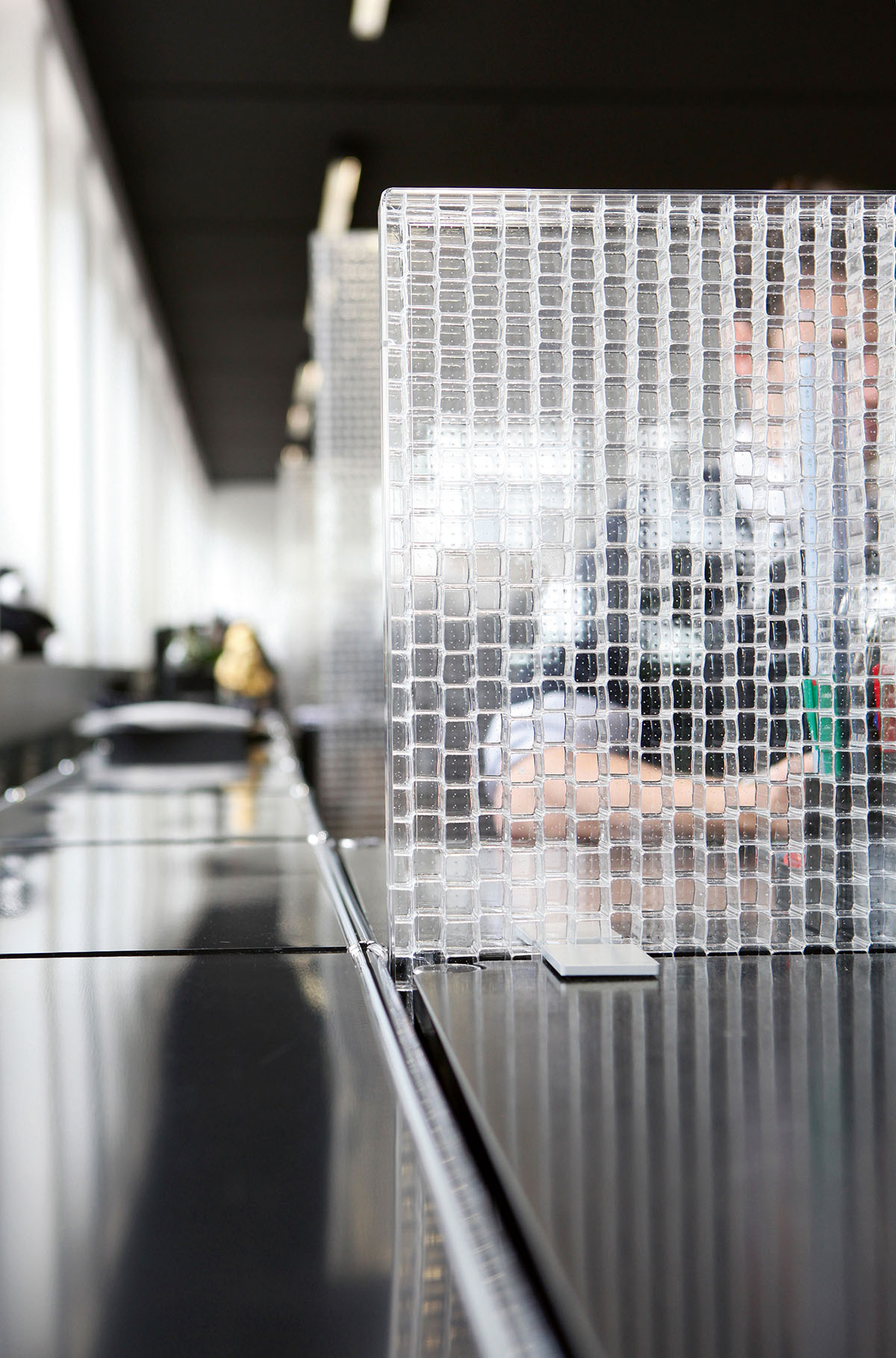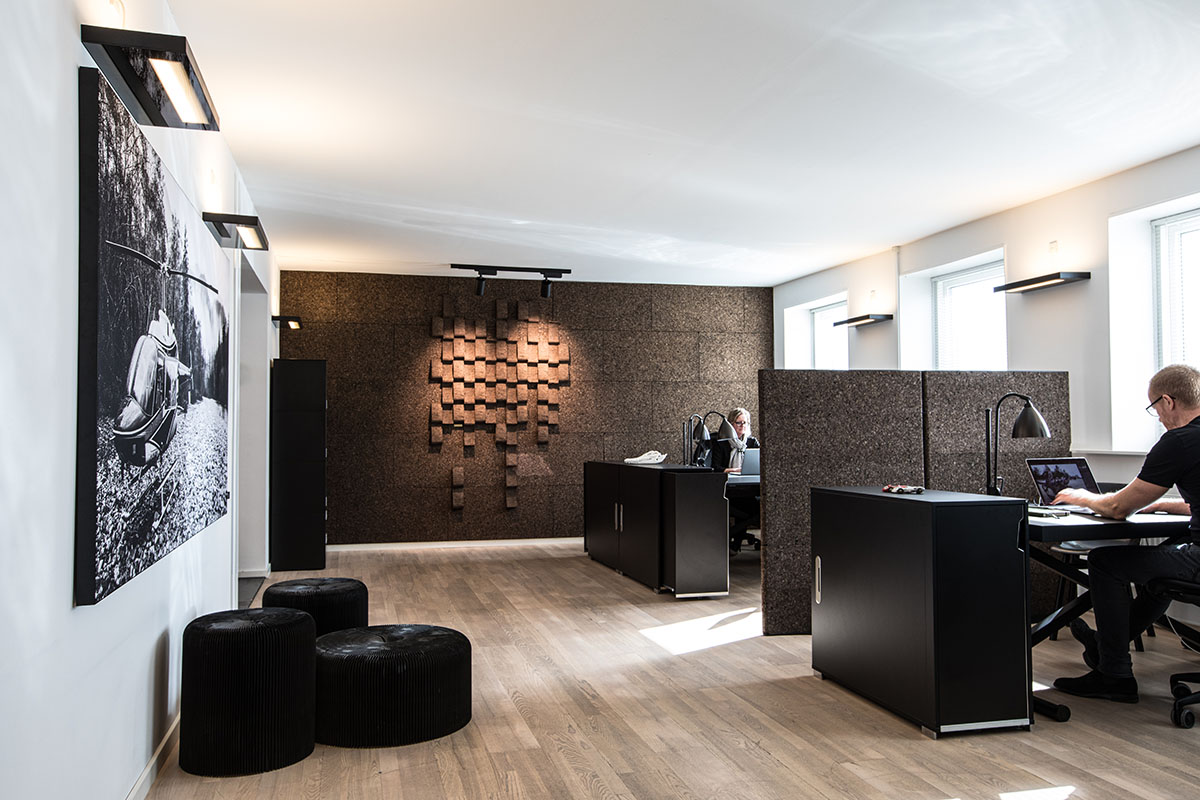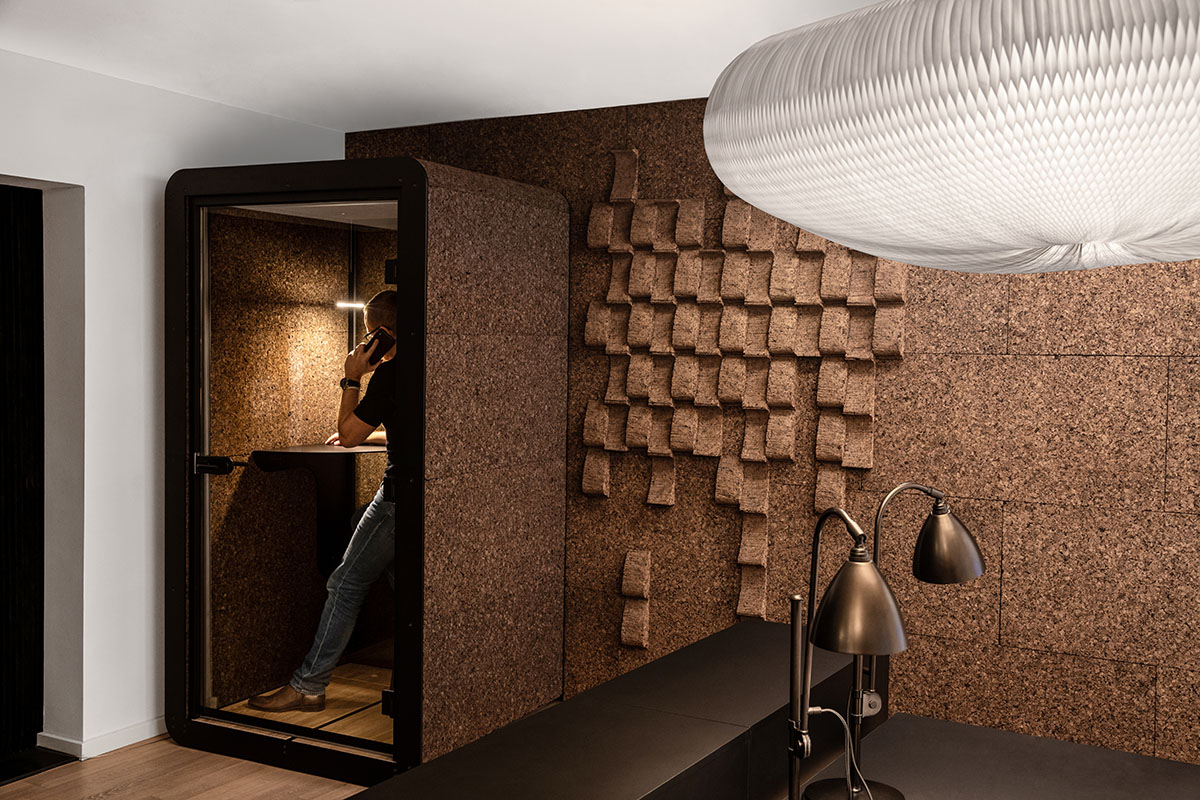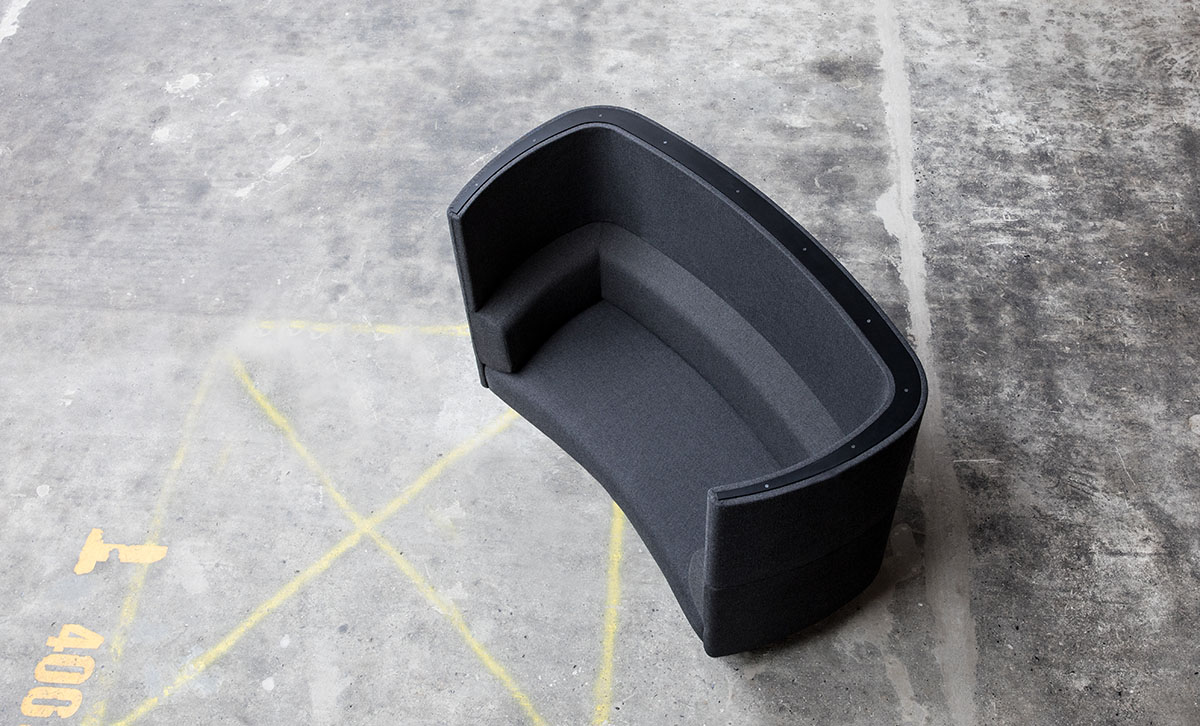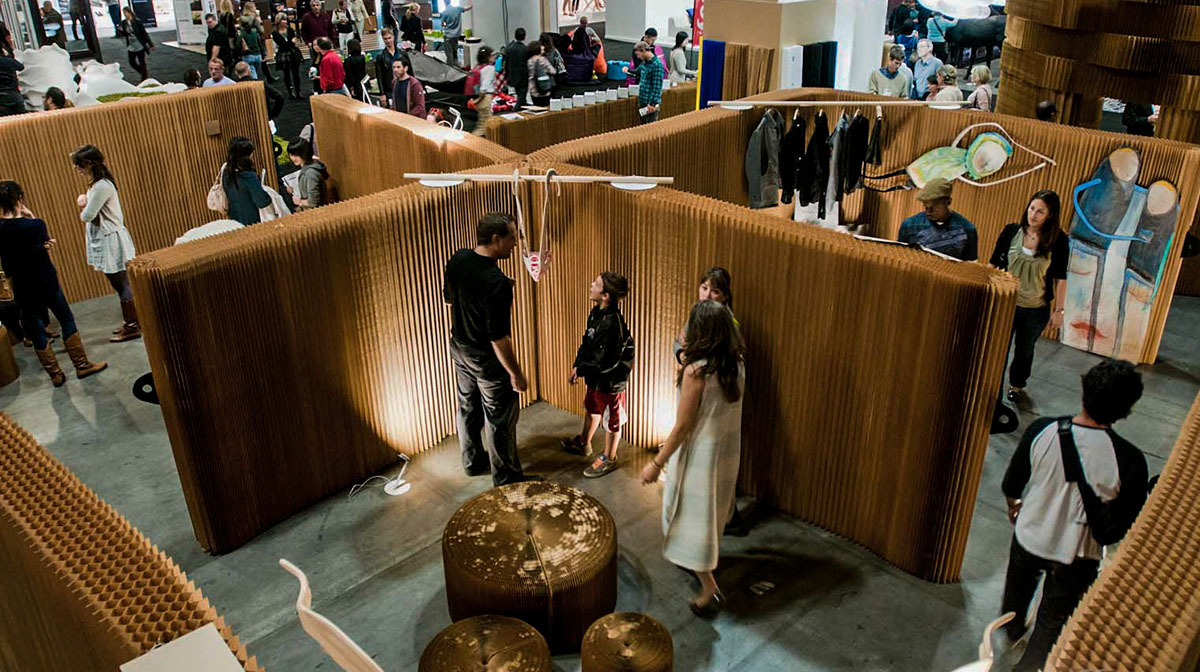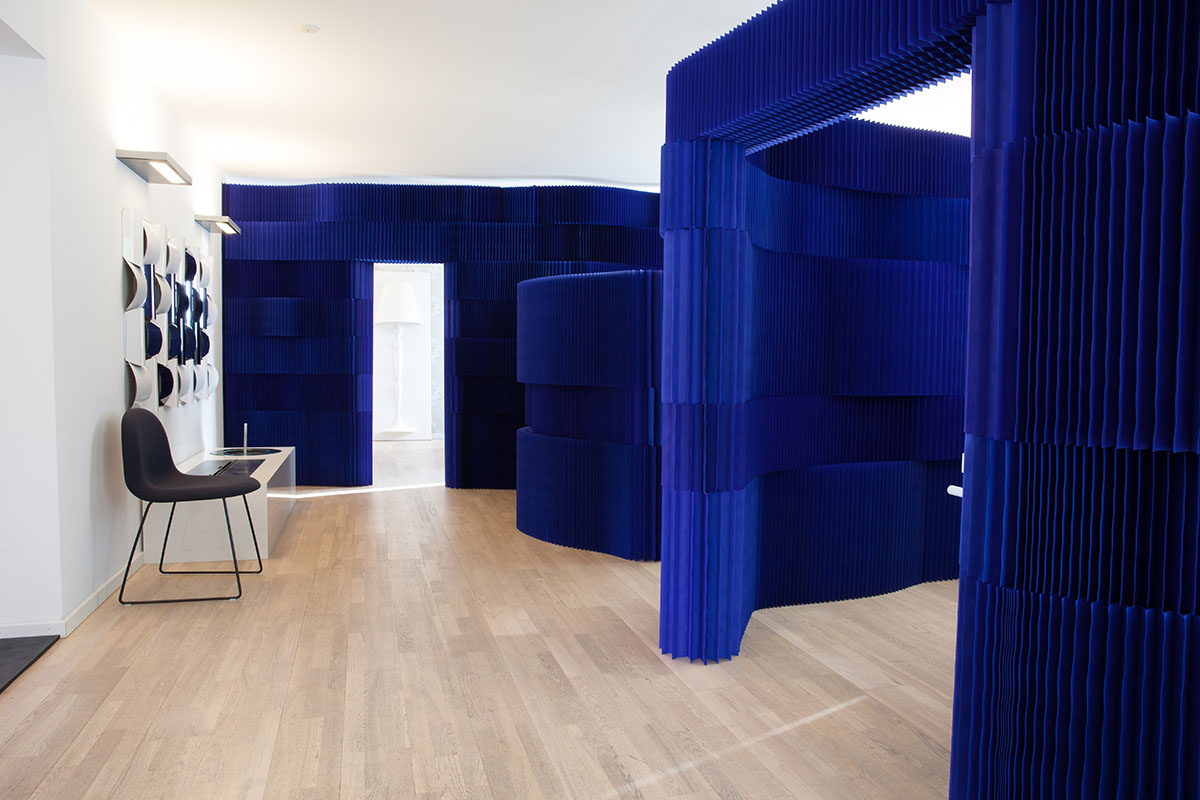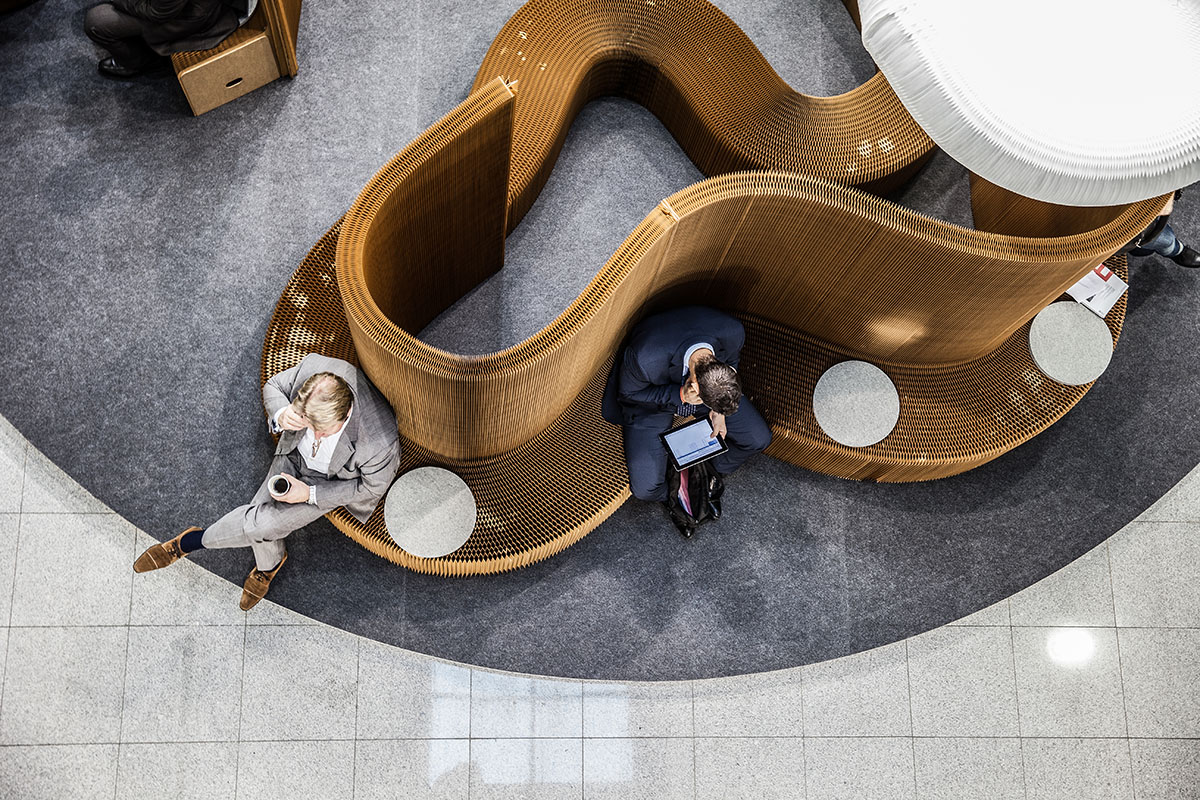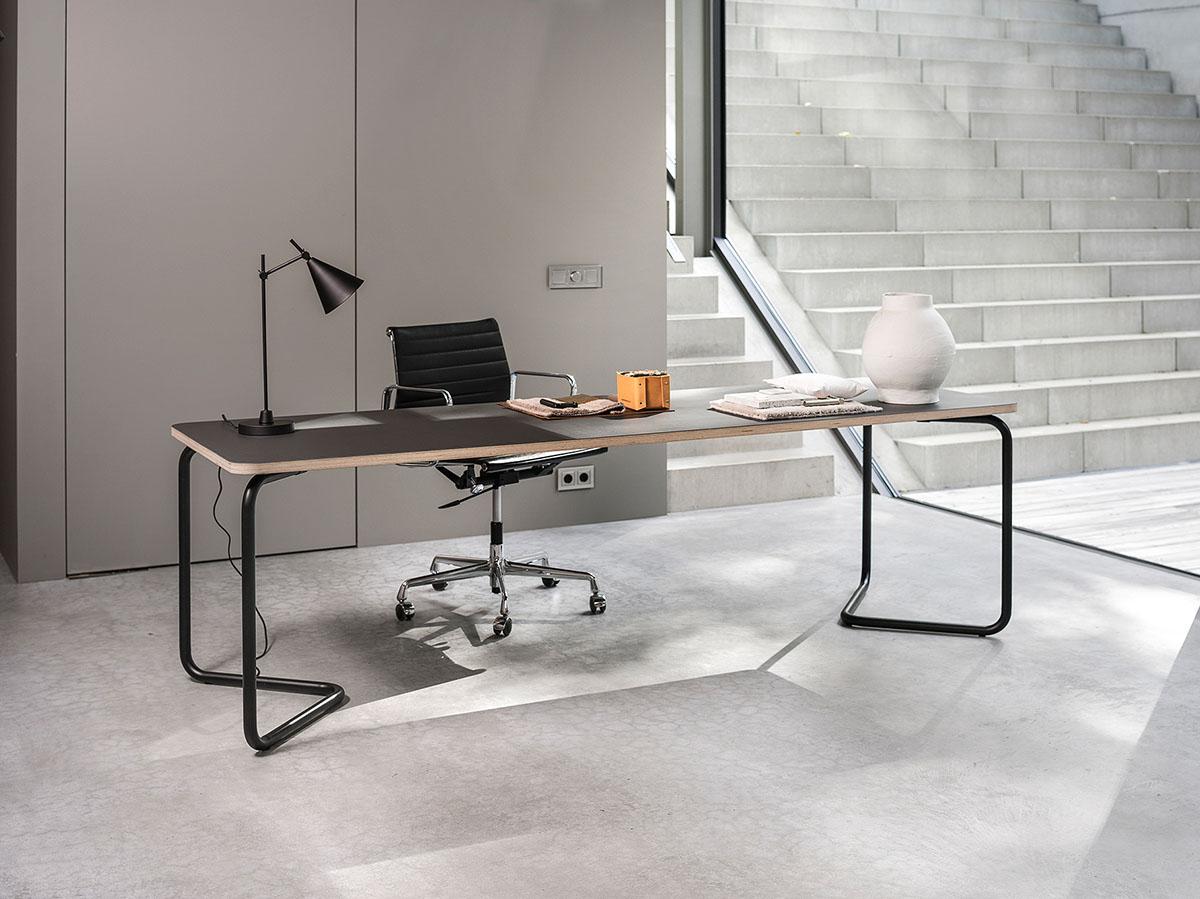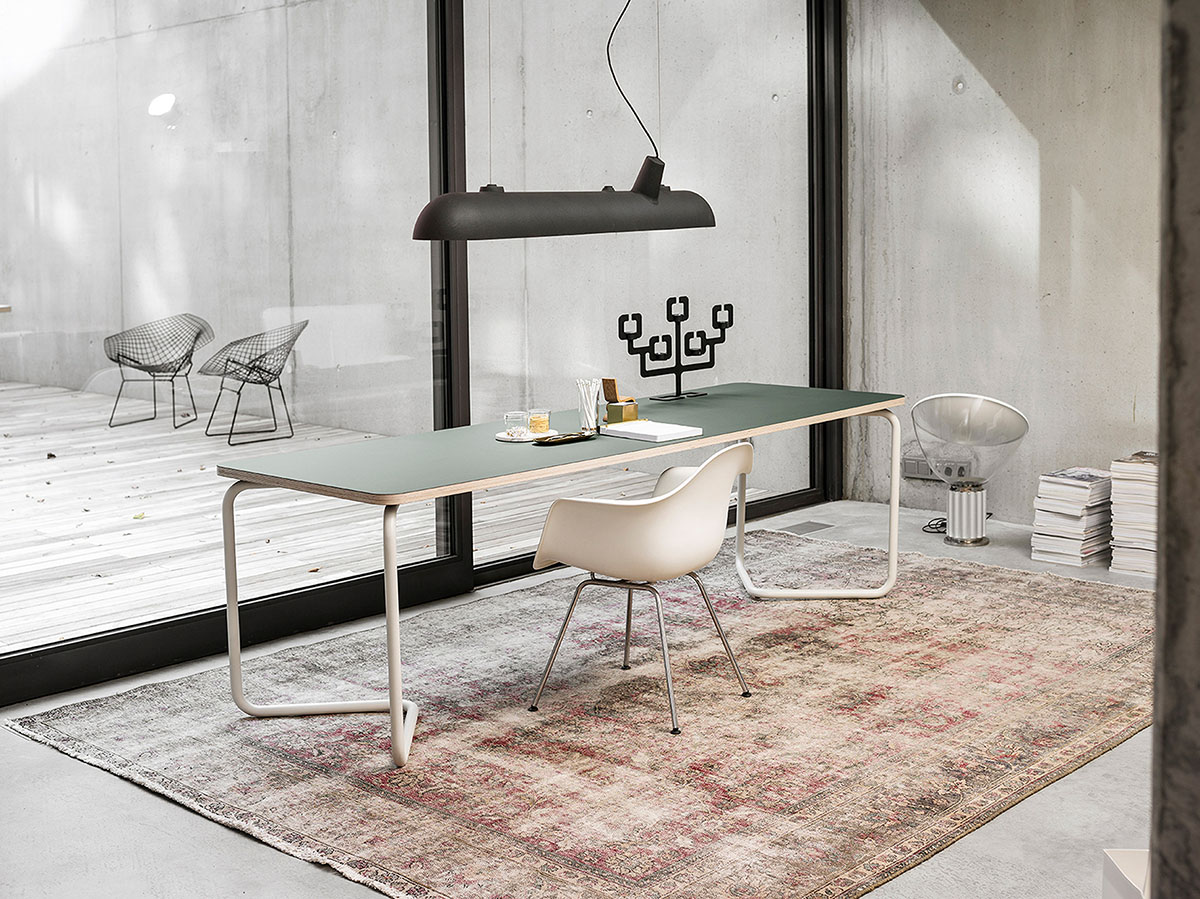Post-COVID-19 corporate interior design
We are not the only ones trying to predict what the new normal will be post Corona. But when we get there, we have all gained some valuable experience that will forever affect the decor of our businesses and work day. This article, which is our contribution to the debate, will be updated as we become wiser as well. The article is for inspiration only and we therefore also refer to the Danish Health and Medicines Authority's advice for preventing the spread of infection.
What have we learned, among other things?
The Corona Pandemic is another reminder of how small and connected our world is. On the positive side, we have learned on the positive side that social security distance also hampers the spread of other diseases - such as the flu. Conversely, we also notice how much closeness and a good hug mean for our well-being and empathy.In terms of work, several skeptical managers have realized that homework can easily be productive and perhaps even in some work situations definitely improving efficiency. Many have become more adept at using the technology; and video conferencing has become a natural part of everyday life. From the virtual business meeting on Skype for Business to the FaceTime game night with friends.
Some of the trends we saw in the past will get renewed energy
What we are learning now will undoubtedly be a heavy foot on the accelerator in relation to the development of existing work trends. First of all, homework and video conferencing were not unknown phenomena, but now the increase in the number of homework days * and video conferencing will accelerate. At first, we, along with others, thought that the Activity-Based Workplace would also similarly get wings. But now we are not so sure anymore. For the Activity-Based Workplace, it is precisely planned to mix chains. So right now we will probably be careful about introducing this new form of interior design without any extra thought and precautions.
In addition, awareness of the disadvantages of open offices in relation to the risk of infection has created a tangible need for new types of devices. And if we invest wisely, this can fortunately end up being good for our working lives, health and social welfare. At Grape, we actually believe that much will be better post-COVID-19.* New survey by YouGov for If Skadeforsikring shows that 85% thrive on home work, and that 46% want to work more at home in the future.
How will the new learning actually affect the corporate structure in the "new normal"?
No one can be in doubt anymore. What we learn and are affected by now will change our behavior and work pattern forever and become "the new normal". Including, in random order, some of the trends we've caught.
The new home workplaces become a natural part of the home
Very few people think that a traditional office workplace fits in well with a tasteful decor in the living room or bedroom. And very few have the ability to dedicate an entire room to the home office. Therefore, in the future we will see new furniture that better camouflages the home workplace with good design and delicious materials. It could, for example, be a beautiful dining table with a raising / lowering function and a large drawer for the keyboard, or perhaps a work lamp so aesthetic that it also decorates the window sill when you are not "at work".It is far from everyone who thrives on homework
If your personality leans towards the introverted side, you will surely thrive on homework. But if your creativity and productivity are nurtured by social contact, the home workplace is a killer. So companies need to look nuanced at whether all their employees should be forced to have a certain number of home work days. The risk is that the extroverts will feel less inspired. This also points in the direction that the company, with its own interior design, can advantageously create interiors that cater for all personalities. For example, with areas for contemplation and areas that give the extroverts their energy boost in the form of social contact.
Video Conferencing Equipment Needs an Overhaul
In the first period, it has been ok that webinars and zoom meetings have not appeared to be super professional. It has actually been liberatingly authentic when we have had views of bookshelves and wardrobes. Just as silhouettes without faces due to too much backlight have been acceptable. But now that video conferencing has become something more users use professionally, it's also time to be more professional about the layout for this. Both at home and in the company.
More coziness, fewer desks and more space to meet
When we design the flexible offices of the future, the Activity-Based Workplace will be chosen as a model by many companies. There will be fewer full-time workstations in relation to the number of employees, while the other areas for formal and informal meetings will have more space and air. In other words, the raising / lowering tables will give way to the space for cafe and lounge environments as well as several conference and meeting rooms. In terms of design, the interior design in the office in the company and in the home will, with a good Danish word, become more cozy and aesthetic, and the good details will be cherished; including eg good acoustics and inspiring light. However, it is important to note that the Activity-Based Workplace with all its glories also potentially risks expanding infection chains if the social circles become too large. Therefore, it should be introduced with a view to the Danish Health and Medicines Authority's recommendations.
The open office will be reinvented ... again!
The open office environment will continue to contribute to good finances in relation to the companies' total space consumption. Therefore, we believe that the open offices will survive, but probably in a more cellular form. The latter can actually already be solved with the current range of room dividers, table screens and other room-in-room solutions. But soon, more manufacturers will introduce new solutions that complement the social security distance even better than the current ones. And if these solutions are performed wisely, they will also be a bonus for the work environment, i.a. via better acoustic conditions for employees. Furthermore, as numerous studies have already shown that overly open offices result in more absenteeism, cell division, all other things being equal, could lead to fewer sick days - and productivity will get wings when colleagues' activities become less distracting.
New floor plans will reduce the spread of viruses
It is clear that we post-COVID-19 will look more at how we can concretely use the floor plan to reduce the spread of viruses. It can be a division into smaller and more zones, so that assemblies automatically become with fewer participants. More distance between workplaces, so that the social safety distance is ensured. Or - as a third option - a division with screen walls and modular spaces in the room will contribute to better shielding from viruses. Screen walls will also be used for "traffic control".
Workplace Sanitation will be a new area of expertise
After all, there are experts in everything that has a market. Therefore, a new group of consultants and suppliers with expertise in the strategic location of stations with hand alcohol and with knowledge of hygienic material choices will soon emerge.
Morning meetings will be held at home for morning coffee while rush hour is at its peak
Some companies are already wondering how morning meetings on Skype or Zoom can help employees navigate the worst rush hour traffic in a timely manner. It will probably also have the positive effect that less hectic traffic means greater traffic safety.
New working time planning can make us more efficient
Imagine the whole company working at home the same one or two days a week or month. Such days could be called days of contemplation, ie days when everyone gets peace to get something out of hand. Thereby, the disadvantage of sporadic homework, where the colleague is not there when one has to use him or her, will disappear. It's a direction. Another direction could be to let employees manage the planning themselves. Or maybe a hybrid.
What about the environment?
The crystal clear blue sky that we are currently looking up at on cloudless days is a tangible indication of what it could be like with less air pollution. A realization that is actually already acting as a vitamin pill for the green transition with less transport between home and work and with meetings and flights replaced by video conferencing, which is definitely here to stay. Increased awareness of the green transition will inspire more people towards sustainable design, and durable furniture with small environmental footprints will at long last be in great demand.So what now?
Everyone who deals professionally with interior design needs to prepare for "the new normal". And we look forward to a really exciting journey. Here at Grape, we already have several new, relevant solutions on the drawing board - both for the home office and for the company. But fortunately, as I said, there are already solutions that can be used in the very short run, including you will find some inspiration from our range.
Christian Nygaard - 6 May 2020 (last updated 14 September 2020)
Designer and Partner, Grape


